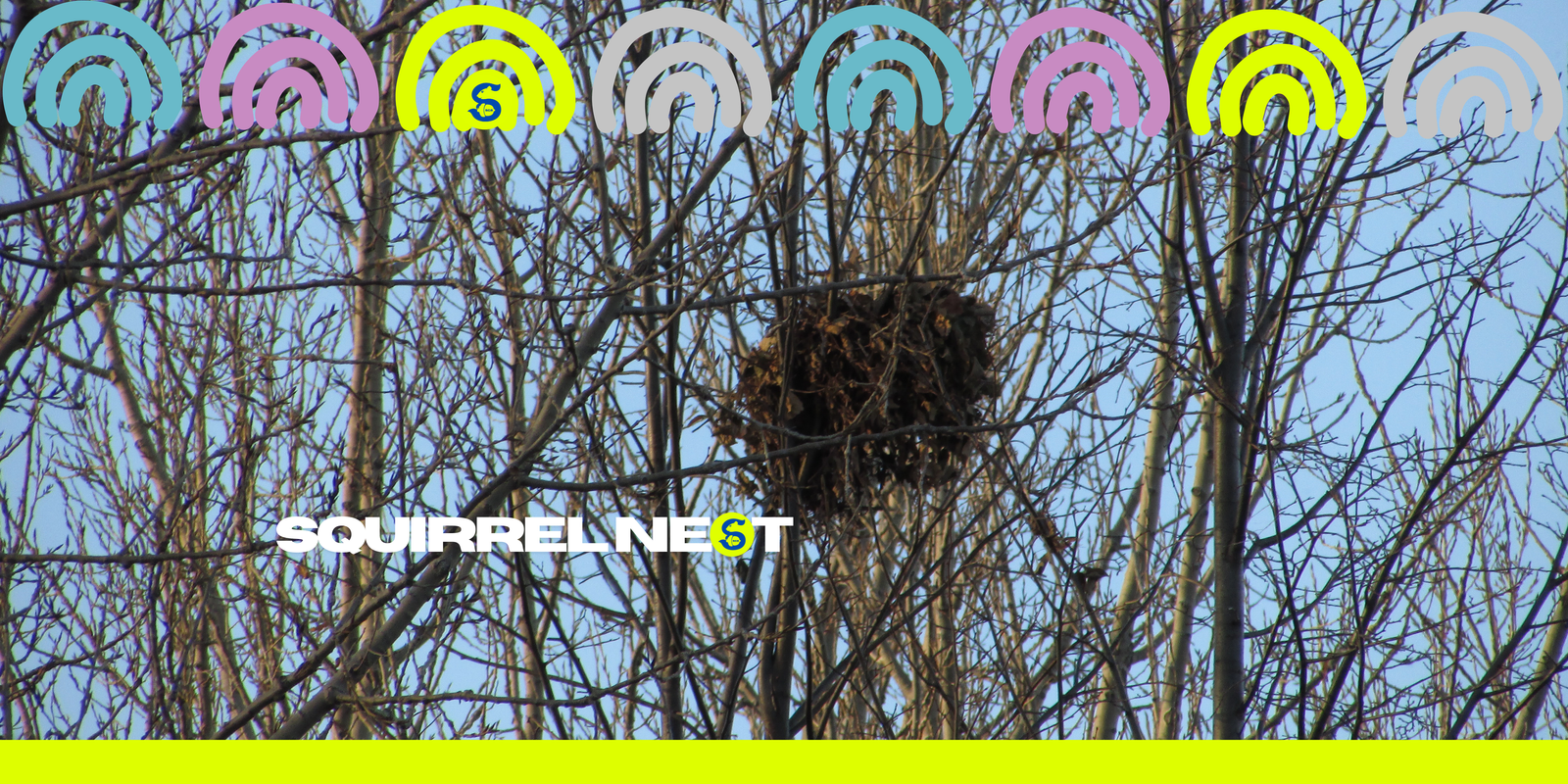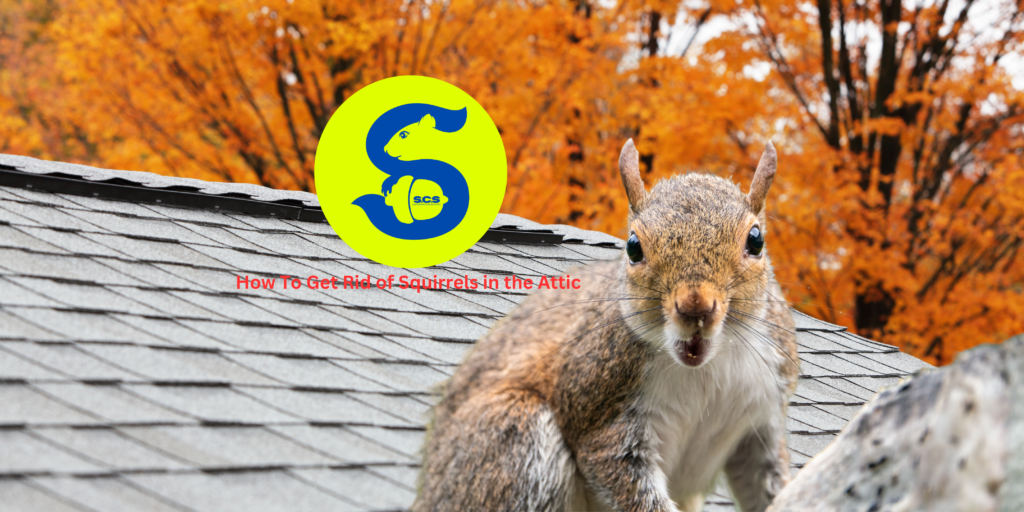Squirrel Nesting Behaviour: Insights into Their Survival Habits
Squirrels are more than just the playful creatures you see darting around your backyard. Their behaviors, nesting habits, and survival strategies are fascinating and complex. This article delves into various aspects of squirrel behavior, answering common questions and providing interesting insights into their lives.
What Do Squirrels Do During Different Seasons?
How Do Squirrels Survive Winter?
Squirrels are highly adaptable animals, and their survival during winter is a testament to this adaptability. As the temperature drops, squirrels prepare by gathering and storing food. They create caches of nuts and seeds, which they return to throughout the winter.
Did You Know?
Squirrels don’t truly hibernate. Instead, they enter a state of torpor, a lighter form of hibernation where their body temperature drops and their metabolic rate slows down, but they still wake up occasionally to eat.

Where Do Squirrels Go in the Winter?
During winter, squirrels retreat to their nests or dreys, which are typically built high in trees. These nests are well-insulated with leaves and other materials to keep them warm. Squirrels may also use hollow trees or even attics as their winter homes.
Did You Know?
Squirrels often build multiple nests, which they use for different purposes, such as raising young or escaping predators.
What Are the Nesting Habits of Squirrels?
How Do Squirrels Build Their Nests?
Squirrels are skilled builders, using twigs, leaves, and other natural materials to create their nests. These nests are usually found in the forks of trees, providing both stability and protection from predators.
What Time of Year Do Squirrels Build Nests?
Squirrels typically build their nests during the fall and late winter. This timing ensures they have a safe place to raise their young and store food during the colder months.
Did You Know?
A squirrel’s nest, or drey, is not just a pile of leaves. It’s carefully constructed with a soft inner layer and a sturdy outer shell to protect against the elements.


Understanding Squirrel Reproduction and Family Structure
When Is Squirrel Mating Season?
Squirrels generally have two mating seasons per year: one in late winter and another in early summer. During these times, you may notice an increase in squirrel activity as males chase females in a display of courtship.
How Many Babies Do Squirrels Have?
A typical litter consists of 2-4 babies, known as kits or pups. These young squirrels are born blind and hairless and rely entirely on their mother for the first few weeks of life.
Did You Know?
Female squirrels are known to aggressively defend their young and their nesting territory from other squirrels and potential predators.


What Are the Survival Strategies of Squirrels?
How Do Squirrels Avoid Predators?
Squirrels have a range of survival strategies to avoid predators. Their agility and speed are their primary defenses, allowing them to quickly escape into trees. Squirrels also use alarm calls to warn others of danger.
What Animals Eat Squirrels?
Squirrels have a variety of natural predators, including birds of prey like hawks and owls, as well as mammals such as foxes, raccoons, and even domestic cats and dogs.
Did You Know?
Squirrels are also known to use deceptive caching, where they pretend to bury food in one location to mislead potential thieves before hiding it elsewhere.

Common Misconceptions About Squirrel Behaviour
Do Squirrels Mate for Life?
Unlike some animals, squirrels do not mate for life. They are solitary creatures when it comes to mating and will often seek out different partners each season.
Do Squirrels Have Designated Sleeping Areas?
Squirrels do have specific places where they sleep, usually in their nests. However, they don’t have a strict pattern and may change sleeping locations frequently, especially if they feel threatened.
Did You Know?
Squirrels are primarily diurnal, meaning they are active during the day and sleep at night, although you may occasionally see them active at dawn or dusk.
Conclusion
Squirrels are fascinating creatures with complex behaviors that help them thrive in both urban and wild environments. By understanding their habits, nesting, and survival strategies, we can better appreciate these animals and coexist with them more harmoniously.
Quick Squirrel Facts:
- squirrel scat: Squirrel scat is another term for their droppings, which are often found near their nesting sites or food caches.
- squirrel breeding season: Squirrel breeding typically occurs twice a year, in late winter and early summer.
- squirrel’s nest: The structure of a squirrel’s nest is meticulously crafted to provide warmth and protection, often located in the fork of a tree.
- squirrel droppings vs rat droppings: Squirrel droppings are slightly larger and more uniform than rat droppings, often helping in identification.
- squirrel mating season Ontario: In Ontario, squirrel mating seasons align with the late winter and early summer periods, similar to other regions.
- squirrels of Ontario: Ontario is home to various squirrel species, including the eastern grey, red, and black squirrels, each with unique behaviors.
- squirrel in winter: Squirrels prepare extensively for winter, storing food and insulating their nests to survive the colder months.
Understanding these aspects of squirrel behavior not only satisfies curiosity but also equips us with the knowledge to manage interactions with these animals effectively.




Comments are closed.